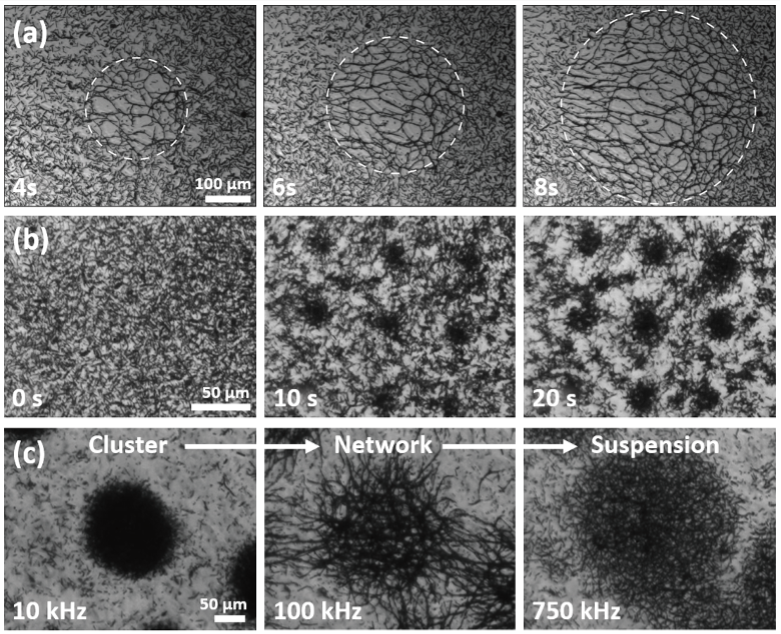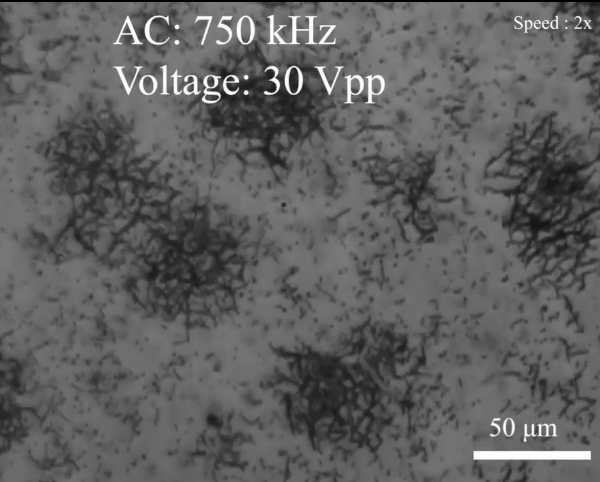Researchers at The University of Texas at Austin have put forth a pioneering concept and working mechanism for generating reconfigurable multi-modal micromotor swarms, providing unprecedented spatial, temporal, and mode control compared to previous endeavors.
Swarming behavior, ubiquitous in the natural world, from molecular-scale motors to macroscopic organisms like fish and sheep, has long fascinated researchers. These natural swarms often display a high level of collective intelligence not evident in individual members, manifesting in activities such as growth, protection, and defense. Bacterial colonies, for example, exhibit strategic coordination by altering the positions of individual cells to optimize food access, resulting in enhanced colony growth. The quest to replicate such phenomena in artificial swarms has been a matter of great interest, promising insights into the fundamental rules of life and the exploration of emergent applications.
The novel concept presented in this research takes inspiration from the well-known thermodynamically-governed phase transitions of materials, where atomic bonding introduces orderliness, and entropy induces atomic disorderliness. In this system, temperature serves as a control knob that modulates the balance between these competing factors, leading to distinct phases at different temperatures. Drawing from this fundamental principle of phase transition, a thermodynamic equilibrium phenomenon, the researchers actively introduce two counteracting actuation effects to create far-from-equilibrium swarms with multimodality.

One of these actuation effects generates near-field attraction and assembly, promoting orderliness, while the other actively introduces disruption of the assembly, inducing disorderliness. By finely tuning the ratio between these two opposing effects, the researchers can readily generate distinct swarming modes. This innovative concept has been validated through experiments involving the asynchronous rotation of photoconductive semiconductor Si micromotors in electric fields. These micromotors experience two simultaneous effects: near-field electrostatic forces that assemble neighboring motors and mechanical electrorotation that disrupts motor assembly.

Crucially, the relative weight of these competing effects can be finely controlled through light illumination and electric-field frequency, resulting in distinct swarming modes, including 2D networks, droplet-like clusters, and enhanced collective rotation.
Dr. Donglei “Emma” Fan, a professor of materials science in the Cockrell School of Engineering's Walker Department of Mechanical Engineering and Texas Materials Institute mentions:
“This research presents a guiding concept and a novel approach in creating artificial micromotor swarms by design with unmatched time and spatial control; the applications range from biomedical microrobotics to reconfigurable optoelectronics.”
This article was published in Science Advances. (http://www.science.org/doi/10.1126/sciadv.adi9932)
Click on the video below to watch!


